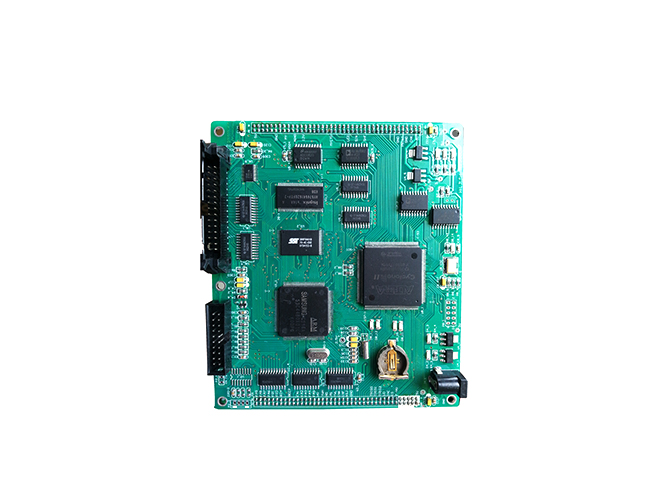-
CN
-
Service Hotline
+8618129931046 Mr. Liao


Time:2025-07-03 Views:1

Selecting high-speed connectors for PCBs is a critical task in modern electronic design, particularly for applications requiring high-frequency signal transmission, such as data centers, telecommunications, and advanced computing systems. High-speed connectors must maintain signal integrity (SI) and power integrity (PI) while minimizing crosstalk, attenuation, and electromagnetic interference (EMI). Key considerations include frequency range, impedance matching, mechanical durability, and thermal management.
For signal integrity, connectors must support the target data rate (e.g., 10 Gbps, 28 Gbps, or beyond) and comply with standards like PCIe, USB4, or Ethernet. Differential pair routing is common in high-speed designs, requiring connectors with precise spacing and symmetry to maintain consistent impedance (typically 100Ω for differential pairs). Materials matter: low-loss dielectrics (e.g., PTFE, Rogers laminates) in the connector housing reduce signal attenuation, while gold-plated contacts minimize corrosion and contact resistance.
Mechanical factors are equally important. High-speed connectors often feature compliance pins or elastic contact designs to absorb mechanical stress during mating, preventing damage to fragile PCB traces. Latching mechanisms (e.g., screw-locks, bayonet fittings) ensure secure connections in vibration-prone environments. Thermal management is crucial for power-intensive applications; connectors with heat-dissipating structures (e.g., metal shells, thermal vias) prevent overheating and signal degradation.
Manufacturers like TE Connectivity, Molex, and Samtec offer specialized high-speed connectors with built-in termination resistors or integrated shielding to address EMI. For example, Samtec’s AcceleRate® series supports up to 56 Gbps with controlled impedance and low skew. Designers must also consider board space constraints: dense layouts may require mezzanine or edge connectors, while modular systems benefit from blind-mate connectors for easy field replacement.